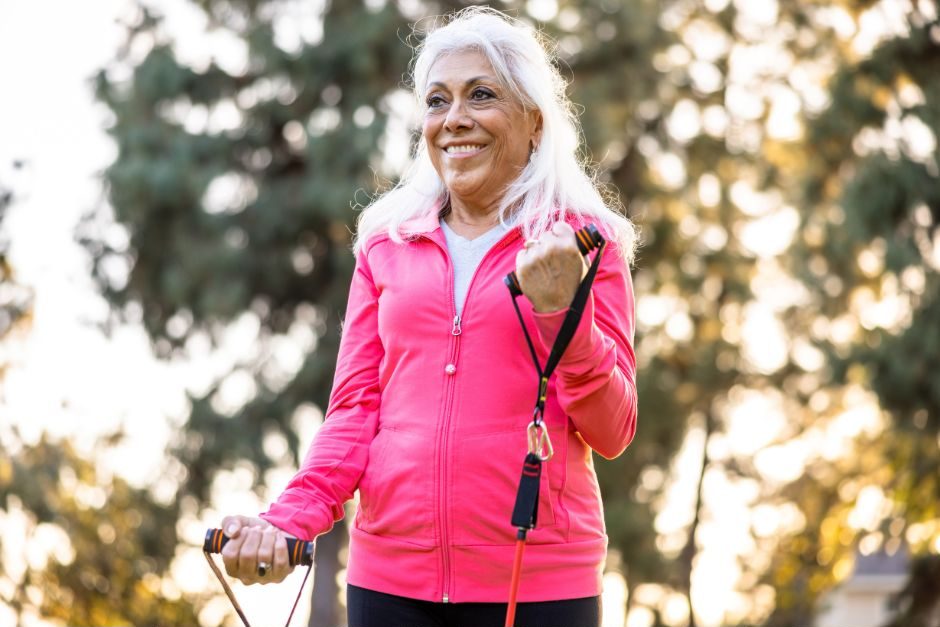September is Fall Prevention Month, and a great time for BCHS to highlight how to reduce the risk of falls, especially for anyone over the age of 65.
Benefits of exercise for preventing falls
Programs which include functional balance and muscle strength training are the most effective in preventing falls. Regular targeted exercise can:
- Improve muscular strength
- Improve balance and walking speed
- Improve confidence and reduce fear of falling
- Improve quality of life
- Improve independence.
How much and what to do
- How much: at least 30 minutes most days of the week, if not every day. Be sure to include strength and balance activities at least two days per week.
- Moderate to high challenge balance exercises are those undertaken in standing (not seated), and/or while moving (transferring weight, stepping). Aim to do so with a narrowing base of support (e.g., feet together) and minimise upper limb support (not hanging on).
- Example exercises: Incorporate transitions (sit to stand), stair ascent or descent, avoiding obstacles, and reaching.
- Exercise should be progressively challenging, ongoing and of sufficient dose to maximise its benefits in reducing falls.
Did you know…
- About 30 per cent of people over the age of 65 fall annually, and this increases with age. Around 10 per cent of falls in those over aged 65 year result in a fracture.
- 380 older Australians are hospitalised for a fall each day.
Where can you get help?
At BCHS our Exercise Physiology service runs a falls and balance group and also offer individual consultations.
Ask your GP for a referral or request a referral through My Aged Care to our Exercise Physiologists.
With thanks to our Exercise Physiology team & placement student for this advice.
